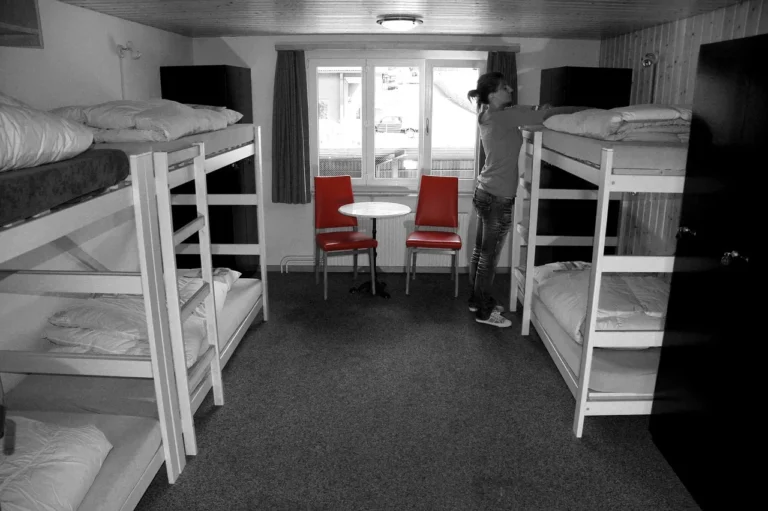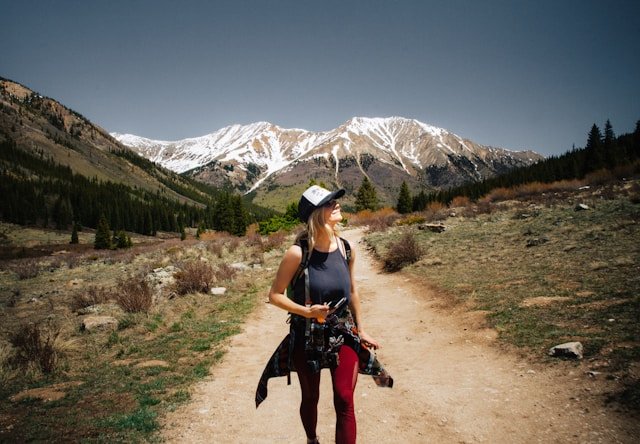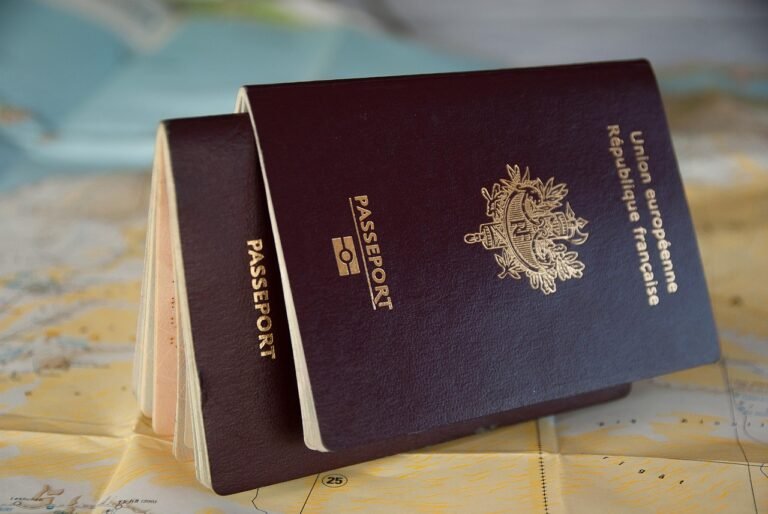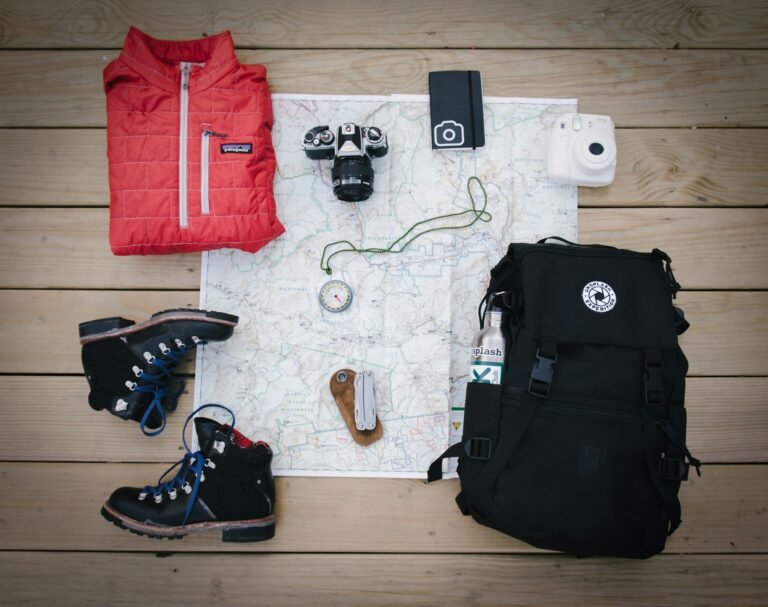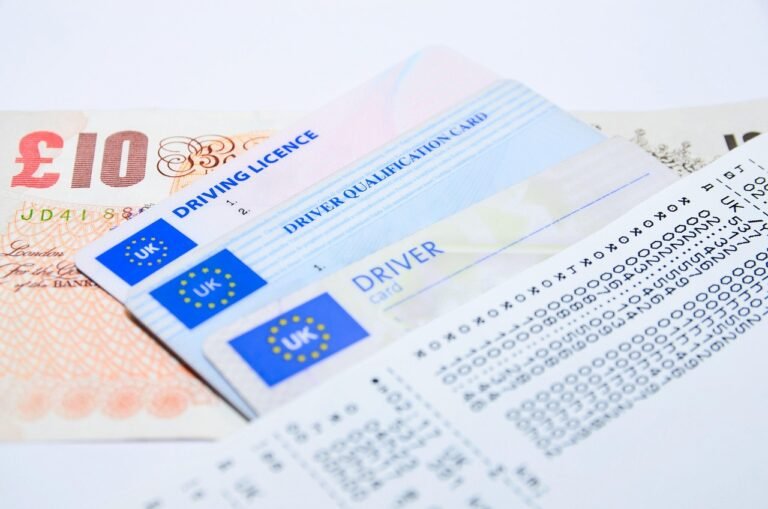The butterflies hit me somewhere over the Atlantic. Then I was 23 years old, clutching my boarding pass like a lifeline, realizing I’d just committed to three weeks in Europe with nothing but a backpack and what can only be described as dangerously optimistic planning. My “itinerary” was scribbled on napkins, my budget existed mostly in my imagination, and I’d somehow convinced myself that “winging it” was a travel philosophy rather than a recipe for disaster.
Spoiler alert: I survived. More than that, I fell head-over-heels in love with international travel. But Lord, did I learn some lessons the hard way.
If you’re sitting there right now, cursor hovering over flight deals to somewhere exotic, feeling that intoxicating mix of excitement and terror, this one’s for you. Let’s turn that dream destination into reality without the stress-induced gray hairs I acquired along the way.
Why Your First International Trip Feels Like Climbing Everest (And Why It’s Actually More Like a Really Tall Hill)
Here’s the thing about planning your first international adventure: it seems impossibly complex until you break it down into bite-sized pieces. It’s like trying to eat an entire pizza at once—theoretically possible, but you’ll probably choke.
The travel industry hasn’t exactly made it easier, bombarding us with 47-step guides and apps that promise to “revolutionize” your travel planning experience. Meanwhile, your parents are texting you articles about travelers who got stranded in Bangkok with nothing but flip-flops and regret.
But here’s what I wish someone had told me before that first trip: international travel planning isn’t rocket science. It’s more like making a really elaborate sandwich—there are several layers, some require more attention than others, and if you forget the mustard (aka travel insurance), you’ll regret it later.
Step 1: Choose Your Destination (But Make It Smart)
Essential Tips for Your First International Journey
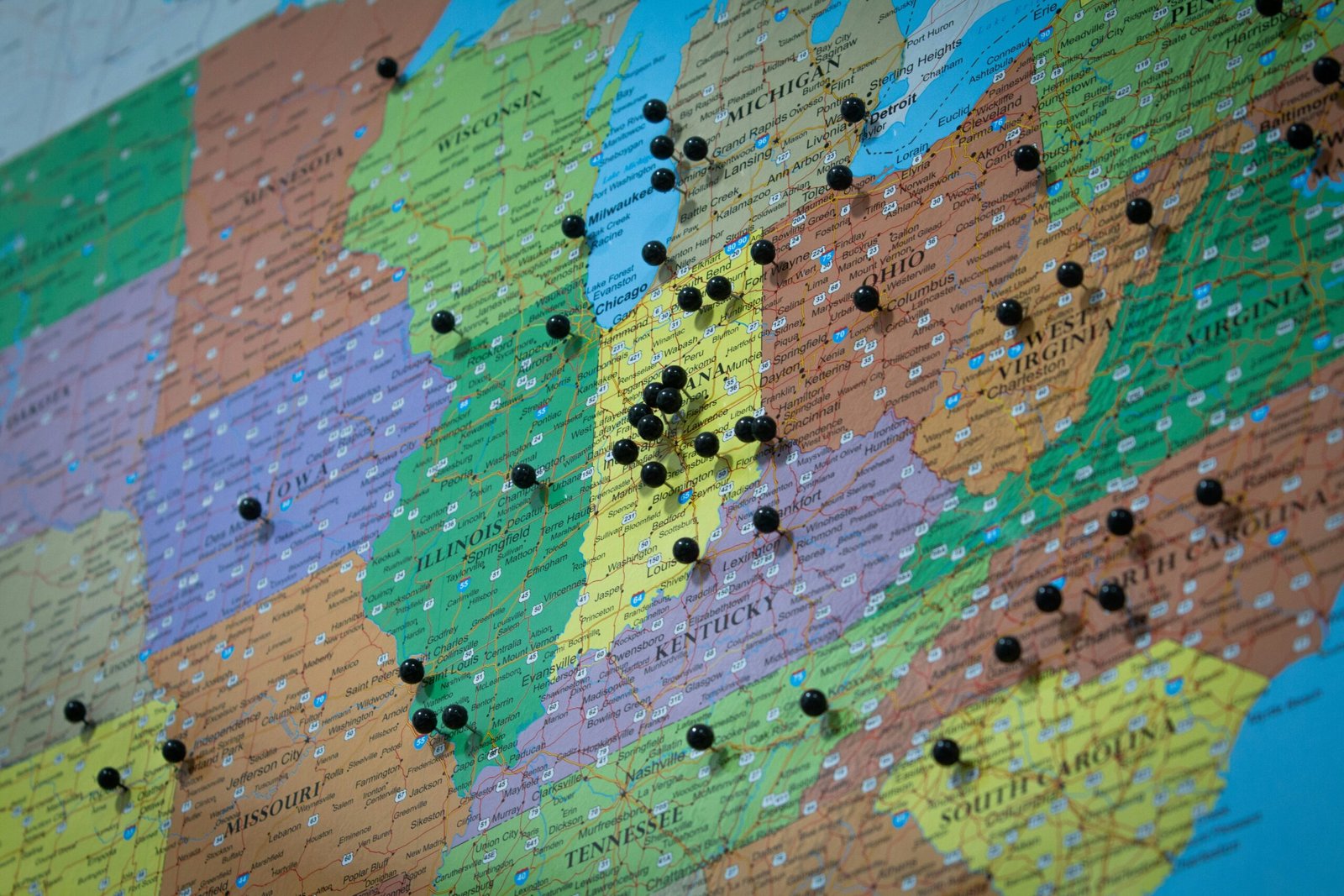
Before you start fantasizing about Instagram shots in front of the Eiffel Tower, let’s talk strategy. Your first international destination should tick three boxes: relatively easy logistics, English-friendly (unless you’re feeling linguistically adventurous), and forgiving of rookie mistakes.
The Sweet Spot Destinations for First-Timers:
- United Kingdom: Same language, similar culture, excellent public transport
- Ireland: Friendly locals, compact size, impossible to get too lost
- Australia/New Zealand: English-speaking, well-developed tourist infrastructure
- Netherlands: Everyone speaks English, bike-friendly, tolerant of confused tourists
- Singapore: Ultra-organized, English signage everywhere, impossible to get into serious trouble
I learned this lesson after watching my friend Jake attempt Tokyo as his maiden voyage. Brilliant city, but maybe not ideal when you can’t read street signs and have the directional sense of a drunk pigeon.
Pro tip: Pick somewhere you can realistically afford to mess up. If your entire life savings goes toward getting there, you’ll spend the whole trip stressed about every penny instead of actually enjoying yourself.
Step 2: Documents and Legal Stuff (The Boring But Crucial Foundation)
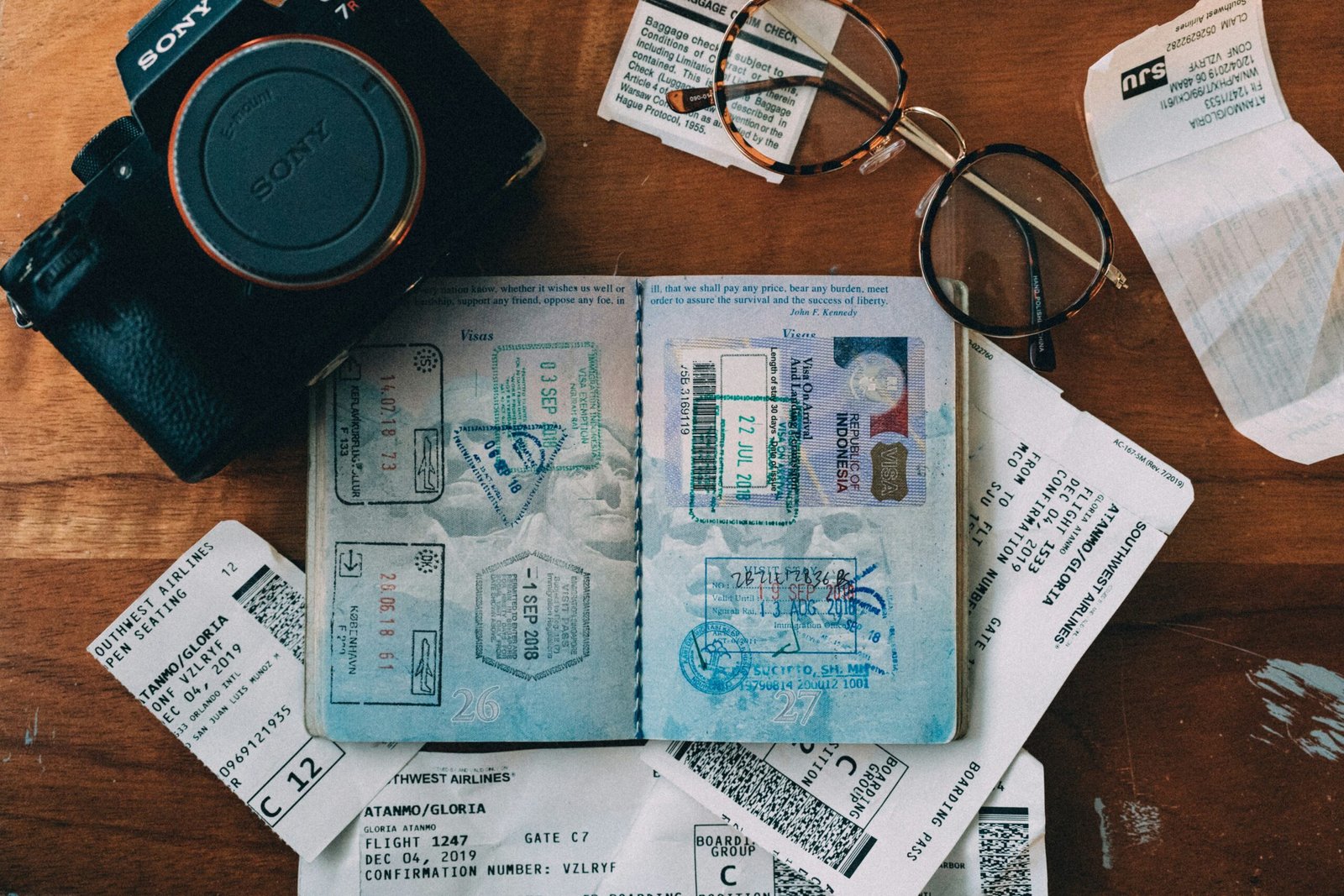
Let’s talk about the paperwork mountain you need to climb before you can even think about packing. It’s about as exciting as watching paint dry, but infinitely more important.
Passport Power
Your passport needs to be valid for at least six months beyond your planned return date. Found this out the hard way when my cousin Sarah got turned away at the airport because her passport expired in four months. The gate agent was sympathetic but firm: “Ma’am, the rules don’t care about your non-refundable hotel booking.”
Timeline: Apply 3-4 months before travel. The State Department says 6-8 weeks, but Murphy’s Law suggests yours will be the one that takes 12.
Visa Requirements
Some countries roll out the red carpet for American passports; others want you to fill out forms in triplicate and provide your elementary school transcripts. Check visa requirements early—some take weeks to process.
Visa-Free Champions for US Citizens:
- European Union (90 days)
- United Kingdom (180 days)
- Japan (90 days)
- South Korea (90 days)
- Most of Central and South America
Travel Insurance: Your Financial Safety Net
I used to think travel insurance was for paranoid people and cruise ship passengers. Then I got food poisoning in Prague and spent two days in a Czech hospital. My insurance covered the $2,400 bill that would have otherwise ruined my finances and my faith in Eastern European cuisine.
What Good Travel Insurance Covers:
- Medical emergencies and evacuation
- Trip cancellation/interruption
- Lost or stolen luggage
- Travel delays
- Some even cover “adventure sports” (if you’re planning to bungee jump in New Zealand)
Step 3: Budget Like a Human Being (Not a Spreadsheet Robot)
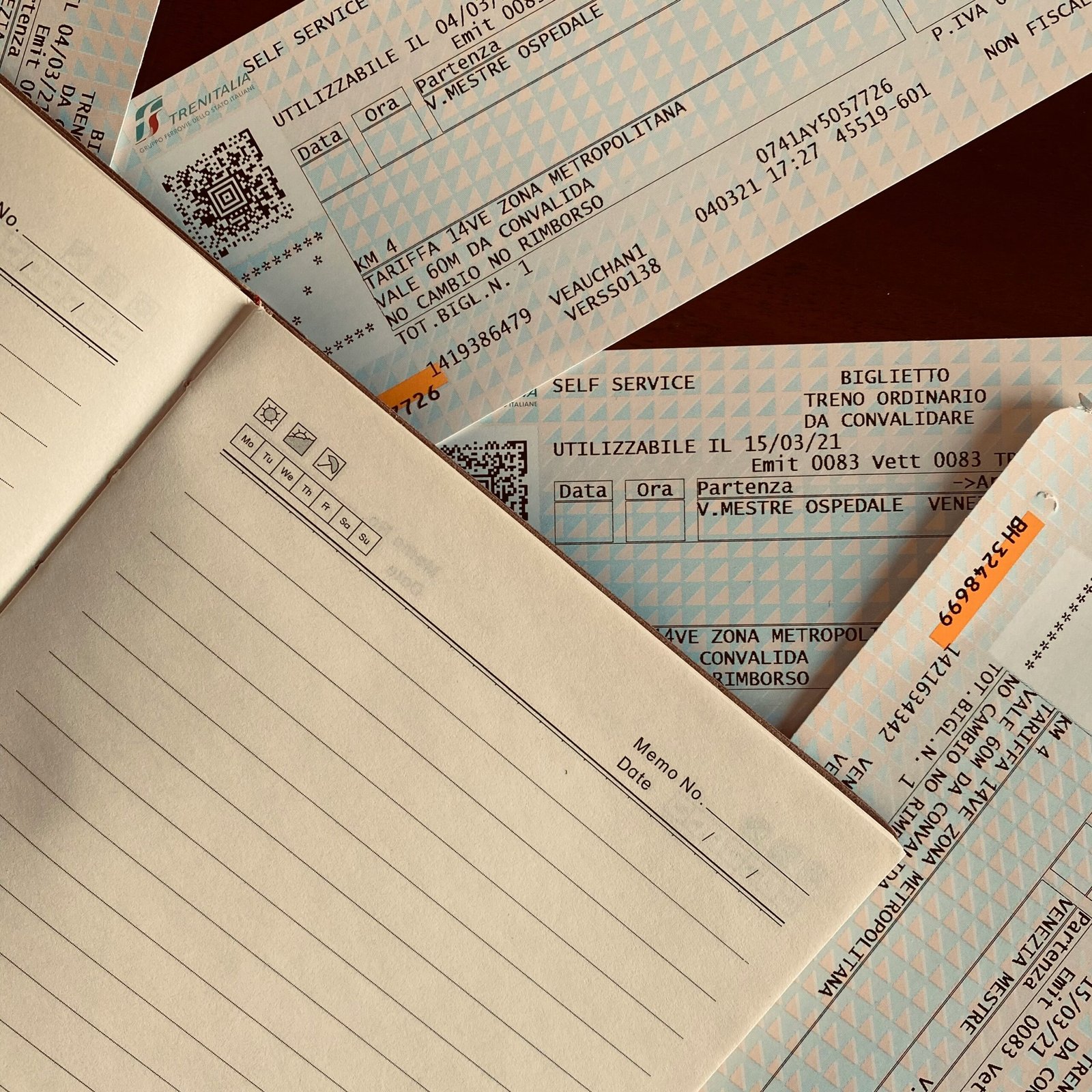
Budgeting for international travel shouldn’t require an MBA in finance. Here’s my foolproof method that doesn’t involve color-coded Excel sheets or sacrificing your firstborn to the travel gods.
The 50-30-20 Travel Budget Rule
- 50%: Big-ticket items (flights, accommodation, major transport)
- 30%: Daily expenses (food, local transport, activities)
- 20%: Emergency fund and shopping/souvenirs
For a two-week European trip, we’re typically looking at:
- Budget: $2,500-3,500
- Mid-range: $3,500-5,500
- Luxury: $5,500+ (sky’s the limit, really)
Money Saving Hacks That Actually Work
Flights: Book Tuesday-Thursday departures, be flexible with dates, clear your browser cookies between searches (airlines track your interest and bump prices).
Accommodation: Mix it up—hostel dorms for social nights, private Airbnbs when you need space, the occasional hotel when you want to feel like a proper adult.
Food: Eat breakfast where you’re staying, lunch from markets or food trucks, dinner at proper restaurants. This gives you the full experience without bankrupting yourself on hotel room service.
Step 4: Booking Flights Without Losing Your Mind
Flight booking is where dreams meet reality, usually somewhere around the checkout page when you realize taxes and fees just doubled your ticket price.
The Golden Rules of Flight Booking
- Tuesday 3 PM EST: Airlines often drop prices then
- Book domestic flights 1-3 months out, international 2-8 months out
- Clear your cookies: Seriously, airlines are watching
- Consider nearby airports: Flying into Manchester instead of London could save hundreds
- Layovers can be your friend: That 6-hour stopover in Istanbul might be worth the $400 savings
Tools That Don’t Suck
- Google Flights: Best for flexible date searching
- Skyscanner: Great for “anywhere” searches when you’re feeling spontaneous
- Scott’s Cheap Flights (now Going): Email alerts for deals
- Kayak: Solid all-around option with price tracking
Real talk: Sometimes paying an extra $100 for a direct flight is worth it. Your sanity has value, and red-eye connections through three airports are the enemy of vacation joy.
Step 5: Accommodation That Won’t Ruin Your Trip

Where you sleep matters more than you think. It’s your home base, your retreat after long days of exploring, your WiFi sanctuary when you need to video call home and convince your parents you’re still alive.
The Accommodation Spectrum
Hostels: Great for solo travelers, social butterflies, and anyone under 30 who can sleep through a marching band Airbnb: Perfect for couples, small groups, anyone who wants to live like a temporary local Hotels: When you want reliable WiFi, daily housekeeping, and someone to complain to if things go wrong Boutique options: Unique stays that become part of the experience
Location vs. Price: The Eternal Struggle
Pay more to stay central, or save money and commute? I’ve tried both. My advice: find the sweet spot 2-3 stops from the city center on reliable public transport. You’ll save money without spending half your vacation on trains.
Step 6: Creating an Itinerary That Doesn’t Suck
Insert image: Hand-drawn travel itinerary with highlights and notes
The biggest mistake first-time international travelers make? Trying to see everything. You’re not collecting Pokemon cards; you’re trying to have actual experiences.
The 70-30 Rule
Plan 70% of your trip, leave 30% flexible for spontaneous discoveries, weather changes, or that inevitable day when you just want to sit in a café and people-watch.
Must-Do vs. Nice-to-Do
Make two lists:
- Must-do: The 3-5 things you’ll regret not seeing
- Nice-to-do: Everything else
If you only accomplish the must-do list, your trip was still a success. The nice-to-do items are bonuses, not requirements.
Sample 10-Day European Itinerary Structure:
- Days 1-3: London (arrival city, ease into travel mode)
- Days 4-6: Paris (via Eurostar, major highlight)
- Days 7-8: Amsterdam (easy train connection, different vibe)
- Days 9-10: Return to London (buffer day, departure prep)
Step 7: Packing Like a Pro (Not Like You’re Moving Permanently)

Packing for your first international trip triggers some primal hoarding instinct. Suddenly, you need seven pairs of shoes and backup outfits for scenarios that will never happen.
The One-Week Rule
Pack for one week, regardless of trip length. You can do laundry anywhere in the world—it’s not a lost art. This forces you to bring versatile pieces instead of outfit-specific items.
Universal Packing Truths
- Layers over bulk: Think onion, not polar bear
- Stick to 2-3 colors: Everything should mix and match
- One pair of comfortable walking shoes: Your feet will thank you
- Universal adapter: Don’t be that person asking to borrow chargers
- Copies of important documents: Store separately from originals
What Not to Pack
- More than two weeks’ worth of clothes
- Every electronic device you own
- “Just in case” items (if you haven’t worn it in six months, leave it home)
- Your entire medicine cabinet
Step 8: Money Matters Abroad
Nothing kills the vacation vibe like ATM fees eating your budget or your card getting declined at dinner. Let’s set you up for financial success.
Multi-Pronged Money Strategy
- Notify your bank: Tell them where you’re going, or enjoy having your card frozen for “suspicious activity”
- Multiple payment methods: One primary card, one backup, some cash
- Fee-free ATM card: Charles Schwab and Capital One 360 are solid options
- Small amount of destination currency: For immediate needs upon arrival
Currency Exchange Reality Check
Airport exchanges are convenient and expensive. City center exchanges are slightly better. ATMs give you the best rates, but watch those fees. Many travelers swear by pre-ordering currency from their bank, which splits the difference on convenience and cost.
Step 9: Staying Connected Without Going Broke
Your phone is your lifeline abroad—maps, translation, communication, Instagram documentation. Don’t let data charges turn your vacation into a financial disaster.
Connection Options Ranked
- International plan from your carrier: Most expensive, most convenient
- Local SIM card: Cheapest for longer trips, requires unlocked phone
- International eSIM: Modern convenience for compatible phones
- Pocket WiFi device: Good for groups, another device to track
- WiFi-only lifestyle: Cheapest option, requires serious planning
Pro tip: Download offline maps before you go. Google Maps lets you download entire cities. Your future lost self will thank you.
Step 10: Cultural Preparation (Beyond Google Translate)
Every country has unspoken rules that locals take for granted. Learning a few key ones prevents awkward moments and shows respect for your destination.
Universal Cultural Wisdom
- Tipping varies wildly: 20% in the US, round up in the UK, insulting in Japan
- Personal space is cultural: Americans need their bubble, Europeans are more compact
- Dinner timing shifts: Spanish dinner at 6 PM marks you as a tourist
- Dress codes matter: Shorts in churches are a no-go in most of Europe
Language Preparation That Actually Helps
Don’t try to become fluent, but learn these phrases:
- Hello/goodbye
- Please/thank you
- Excuse me/I’m sorry
- Do you speak English?
- Where is…?
- How much?
Most people appreciate the effort, even if your pronunciation sounds like you’re gargling marbles.
The Technology Stack for Modern Travelers
Your smartphone is basically a travel superpower. Here’s the app arsenal that actually earns its storage space:
Navigation and Transport
- Google Maps: Download offline maps for each city
- Citymapper: Public transport genius for major cities
- Uber/Lyft: Available in most major destinations
Communication and Translation
- Google Translate: Camera translation is magic
- WhatsApp: Free international messaging
- Duolingo: Basic language prep (start weeks before travel)
Booking and Discovery
- Booking.com: Last-minute accommodation
- TripAdvisor: Restaurant recommendations from actual humans
- Airbnb: Local experiences and unique stays
Money and Safety
- XE Currency: Real-time exchange rates
- Wise (formerly TransferWise): Best exchange rates for money transfers
- Trail Wallet: Simple expense tracking
Safety Without Paranoia
Travel safety advice often veers into either “wrap yourself in bubble wrap” or “everything will be fine, stop worrying” territory. The truth lives somewhere in the middle.
Smart Safety Practices
- Blend in: Loud, obvious tourists attract attention (both good and bad)
- Trust your instincts: If something feels off, it probably is
- Stay connected: Check in with someone at home regularly
- Keep copies: Store document copies separately from originals
- Emergency fund: Cash stash for real emergencies
Common Sense > Fear
Most international destinations are safer than you think. The news amplifies dangers, while millions of peaceful, boring trips go unreported. Be aware, not paranoid.
When Things Go Wrong (Because They Will)
Let me tell you about the time I missed my connecting flight in Frankfurt because I spent 45 minutes looking for a bathroom that was literally behind me the entire time. Travel hiccups happen to everyone—even people who write travel guides.
The Murphy’s Law Travel Survival Kit
- Flight delays/cancellations: Know your rights, have backup plans
- Lost luggage: Pack essentials in carry-on
- Illness abroad: Travel insurance and embassy contact info
- Language barriers: Translation apps and lots of pointing
- Technology failures: Offline maps and printed confirmations
The Silver Lining Mindset
Some of my best travel memories come from things going “wrong.” That missed train led to discovering a incredible small town. The closed museum meant stumbling into a local festival. Flight delays introduced me to lifelong friends.
Flexibility is your secret weapon. Roll with the punches, and you’ll often find they lead to better destinations than your original plan.
Making It Memorable (Beyond the Instagram Posts)
Here’s something the travel influencers won’t tell you: the best travel moments aren’t always photogenic. They’re quiet conversations with locals, unexpected discoveries down wrong turns, the satisfaction of navigating a foreign subway system without getting lost.
Document Beyond Social Media
Keep a simple travel journal. Not for publication—for you. Write about:
- How places smelled, sounded, felt
- Conversations with interesting people
- Food that surprised you
- Moments when you felt most like yourself
Years later, these details will transport you back more vividly than any photo.
The Post-Trip Reality Check
You’ll return home with what I call “travel brain”—that slightly disoriented feeling where your hometown seems simultaneously familiar and foreign. You’ll catch yourself checking exchange rates out of habit and feeling mildly offended that your local coffee shop doesn’t serve proper European espresso.
This is normal. It’s also the moment you’ll start planning your next international adventure, because now you know the secret: it’s not as scary as it seemed from your couch six months ago.
Integration and Next Steps
- Process the experience: Look through photos, write about highlights
- Share strategically: Save the 400-photo slideshow for close friends
- Plan the next one: You’re officially addicted now
Conclusion: From Nervous Planner to Confident Explorer
Your first international trip will probably be messier, more expensive, and more exhausting than you planned. It will also be more rewarding, eye-opening, and addictive than you can imagine from this side of the departure gate.
The distance between dream and destination isn’t as vast as it seems. It’s just a series of small, manageable steps: documents, flights, accommodation, packing, and the courage to buy that ticket.
You don’t need to be a seasoned traveler to travel internationally. You just need to be willing to figure it out as you go, laugh at your mistakes, and remember that every expert was once a beginner who managed not to get permanently lost in a foreign airport.
So go ahead, book that flight. Your future self—the one with passport stamps and stories and slightly more confidence navigating the world—is waiting.
Frequently Asked Questions
Q: How far in advance should I book my first international trip? A: For the best balance of price and planning time, book flights 2-6 months ahead for international travel. This gives you time to handle documents, compare prices, and build excitement without overthinking every detail.
Q: Do I need travel insurance for international trips? A: Yes, especially for your first international trip. Medical emergencies abroad can cost thousands, and travel insurance typically costs less than $100 for comprehensive coverage on a two-week trip.
Q: What’s the best way to handle money while traveling internationally? A: Use a combination: notify your bank, get a fee-free ATM card, carry one backup payment method, and have some local currency for immediate needs. Avoid airport exchange counters when possible.
Q: How much should I budget for my first international trip? A: Budget $200-400 per day for mid-range travel in Western Europe, $100-250 per day in Eastern Europe or Southeast Asia. This includes accommodation, food, transport, and activities but not flights.
Q: Is it safe to travel internationally as a first-timer? A: Most international destinations are very safe for tourists. Choose beginner-friendly destinations, stay aware of your surroundings, trust your instincts, and don’t let fear prevent you from having incredible experiences.
Q: What documents do I need for international travel? A: At minimum: valid passport (with 6+ months remaining), any required visas, travel insurance documents, copies of important documents stored separately, and emergency contact information.
Q: How do I avoid expensive international phone charges? A: Options include international plans from your carrier, local SIM cards, international eSIM services, or using WiFi-only with downloaded offline maps. Compare costs based on your usage needs.
Q: What’s the best way to pack for an international trip? A: Pack for one week regardless of trip length, stick to 2-3 colors that mix and match, prioritize layers over bulk, bring one comfortable pair of walking shoes, and leave space for souvenirs.
Q: How do I choose my first international destination? A: Pick somewhere with good tourist infrastructure, English-friendly environments (unless you speak the local language), reasonable costs, and cultural similarities to ease the transition. UK, Ireland, Netherlands, and Australia are excellent first choices.
Q: What apps should I download for international travel? A: Essential apps include Google Maps (with offline downloads), Google Translate, your airline’s app, accommodation booking apps, currency converters, and local transport apps for your specific destination.
Recommended Travel Resources
Essential Travel Gear
- Osprey Farpoint 40 Travel Pack – Official Osprey Store – Perfect carry-on sized backpack that doesn’t scream “tourist”
- Eagle Creek Packing Cubes – Amazon – Organization game-changer for efficient packing
- Anker Portable Charger – Anker Official – Keep devices charged during long travel days
- Universal Travel Adapter – REI Co-op – Works in 150+ countries with USB ports
- Merino Wool Base Layers – Uniqlo – Lightweight, odor-resistant, perfect for layering
Booking Platforms
- Google Flights – Google Flights – Best flight comparison and flexible date searching
- Booking.com – Booking.com – Comprehensive accommodation with free cancellation options
- Airbnb – Airbnb – Local experiences and unique stays worldwide
- Rome2Rio – Rome2Rio – Multi-modal transport planning between any two points
- Get Your Guide – GetYourGuide – Skip-the-line tickets and local experiences
Financial Services
- Charles Schwab Debit Card – Schwab Bank – No foreign transaction fees, ATM fee reimbursements
- Wise Travel Card – Wise – Best exchange rates for international spending
- Capital One Venture Card – Capital One – Travel rewards with no foreign transaction fees
Travel Insurance
- World Nomads Travel Insurance – World Nomads – Comprehensive coverage including adventure activities
- Allianz Travel Insurance – Allianz Travel – Reliable coverage with 24/7 assistance
Communication
- Google Fi International Plan – Google Fi – Seamless international data and calling
- Airalo eSIM – Airalo – Digital SIM cards for 190+ countries
- Skype International Calling – Skype – Cheap international calls over WiFi
Beginner-Friendly Destinations
- VisitBritain – VisitBritain – Official UK tourism site with comprehensive planning resources
- Tourism Ireland – Ireland.com – Official Irish tourism with itinerary planning tools

